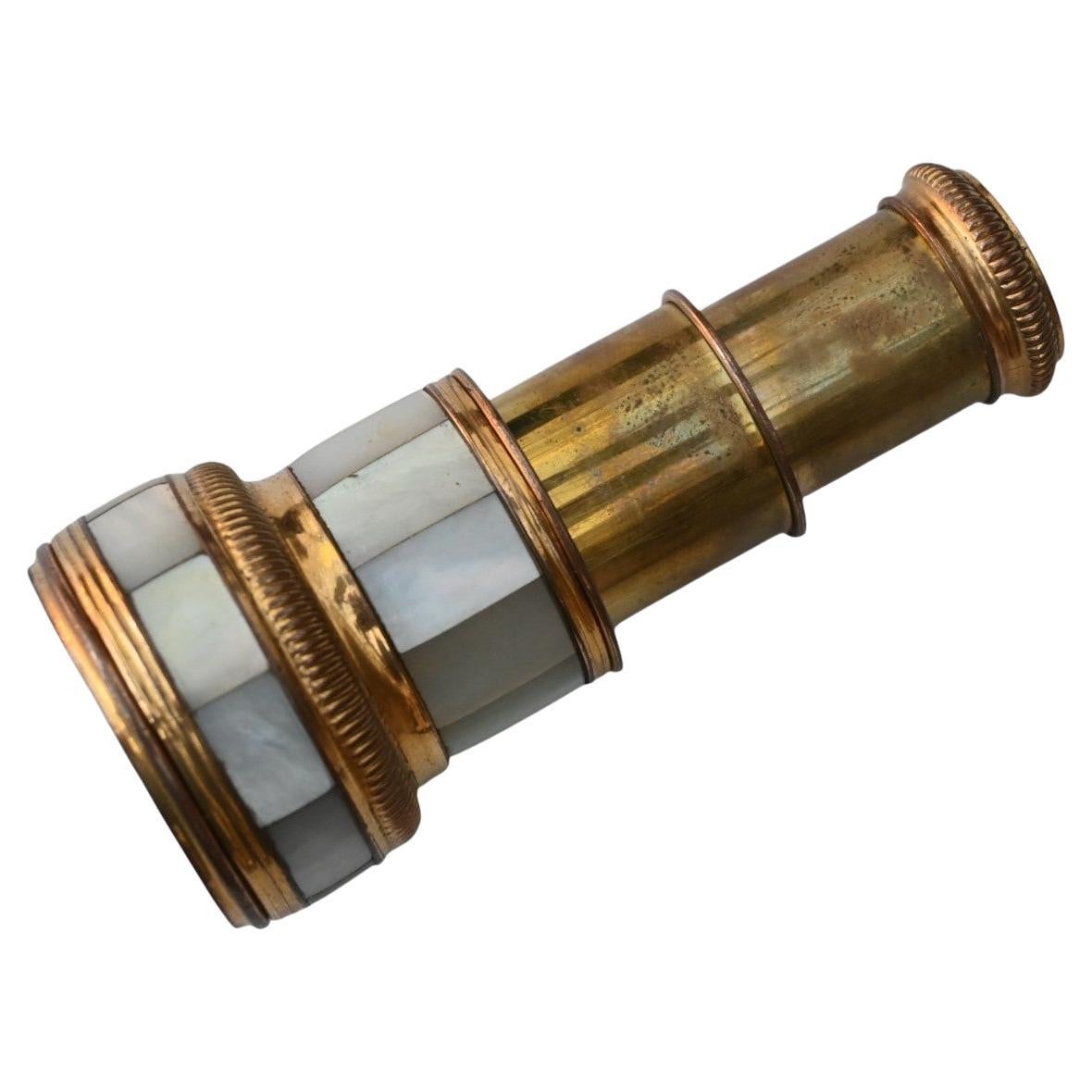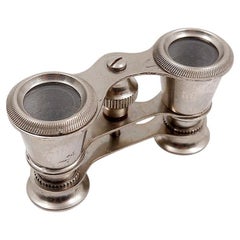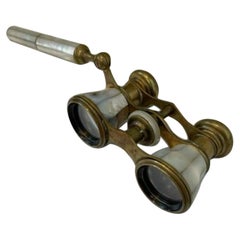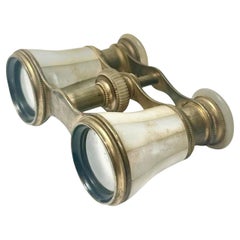Questions & Answers
Our trusted network of 1stDibs sellers answer common questions
How do I identify my opera glasses?
1 Answer

To identify your opera glasses, look for markings, usually found in inconspicuous areas. Once you have located a maker's mark, use trusted online resources to determine who produced the glasses. Should you encounter difficulty with the identification process, seek the advice of a certified appraiser or antique dealer who is knowledgeable about opera glasses. Shop a diverse assortment of opera glasses on 1stDibs.
1stDibs ExpertAugust 15, 2024
Related Questions
- How do I identify Bimini glass?1 Answer
- How do I identify Czech glass?1 Answer
- How do I identify my crystal glasses?1 Answer
- How do you identify vintage glass?1 Answer
- How can I identify Murano glass?1 Answer
Shop for Opera Glasses on 1stDibs
Vintage opera glasses - 20thc
Located in Linkebeek, BE
Vintage opera glasses - 20thc
Binoculars - object of curiosity
Measures : 10x5,5cm H:3,5cm
Wear
Category
20th Century Mid-Century Modern Historical Memorabilia
Materials
Metal
French Victorian Brass Opera Glasses
Located in Queens, NY
French Victorian mother of pearl and brass opera glasses with handle
Category
Antique Late 19th Century French Victorian Scientific Instruments
Materials
Glass
French Opera Glasses
Located in Tampa, FL
A refined and elegant pair of late 19th century French opera glasses, crafted by the esteemed maker
Category
Antique 1880s French Scientific Instruments
Materials
Bronze
Binoculars Opera Glasses with Leather Case
Located in Miami, FL
Binoculars opera glasses with leather case.
Category
Early 20th Century French Art Deco Scientific Instruments
Materials
Bakelite
Opera Glasses, Binoculars by G.Rodenstock
Located in Miami, FL
Opera glasses, binoculars by G. Rodenstock.
Category
Late 20th Century German Art Deco Scientific Instruments
Materials
Bakelite
Lemaire Enamel Opera Glasses
Located in New York, NY
Lemaire Enamel Opera Glasses made in Paris circa 1930's with hand enamel painted 18th Century
Category


